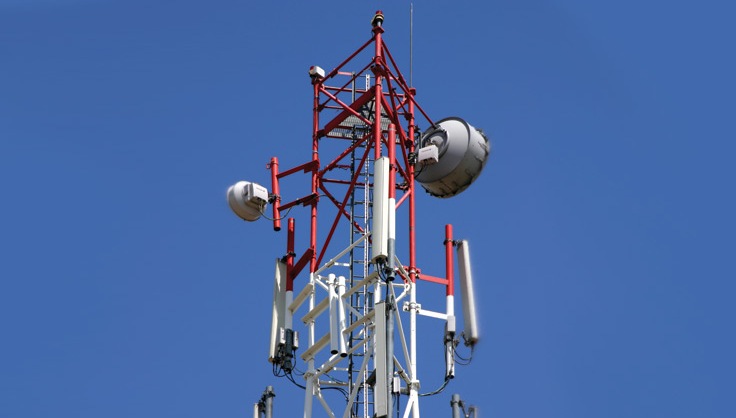
Indian telecom network operators need to double their efforts to reduce digital divide in the country, according to Assocham.
India tele-density facts
India tele-density 81.82%
Bihar 54.25%
Assam 55.76%
Madhya Pradesh 62.33%
Uttar Pradesh 62.74%
Delhi 238%
Himachal Pradesh 123.19%
On the other end, while the tele-density in Delhi is over 238 percent, that of Himachal Pradesh is 123.19 percent. Other states figuring higher on the tele-density scale are Tamil Nadu, Punjab, Karnataka and Kerala.
“The central government along with the states should double their efforts to ensure that both state-run BSNL, as well as private telecom service providers, should reach the states with low tele-density, otherwise the digital divide could widen,” said the Associated Chambers of Commerce and Industry (Assocham).
Delhi, the capital of India, has the highest tele-density of 238 percent, while Bihar and Assam lag behind at around 55 percent.
Due to poor tele-density or telephone connections for every 100 individuals, digital divide is visible between different states. Some of the eastern states are not finding support from telecom service providers. The reasons for poor tele-density may vary between the lack of infrastructure like power availability to even indifference in terms of business opportunities.
“India may have achieved a significant success in reaching the number of telephone subscribers to over one billion, but the tele-density data points to a stark ‘Digital Divide’ with large populations in Bihar, Assam, Madhya Pradesh and Uttar Pradesh still being deprived to communicate with the rest of the country,” said Assocham in a statement.





